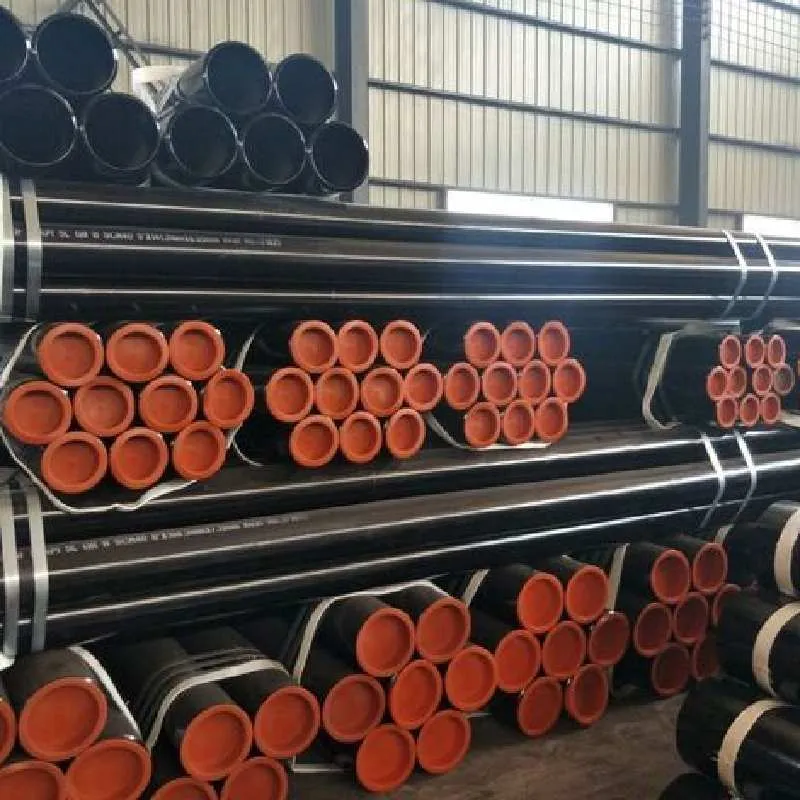-
Cangzhou Yulong Steel Co., Ltd.
-
Phone:
+86 13303177267 -
Email:
admin@ylsteelfittings.com
- English
- Arabic
- Italian
- Spanish
- Portuguese
- German
- kazakh
- Persian
- Greek
- French
- Russian
- Polish
- Thai
- Indonesian
- Vietnamese
- Zulu
- Korean
- Uzbek
- Hindi
- Serbian
- Malay
- Ukrainian
- Gujarati
- Haitian Creole
- hausa
- hawaiian
- Hebrew
- Miao
- Hungarian
- Icelandic
- igbo
- irish
- Japanese
- Javanese
- Kannada
- Khmer
- Rwandese
- Afrikaans
- Albanian
- Amharic
- Armenian
- Azerbaijani
- Basque
- Belarusian
- Bengali
- Bosnian
- Bulgarian
- Catalan
- Cebuano
- China
- China (Taiwan)
- Corsican
- Croatian
- Czech
- Danish
- Esperanto
- Estonian
- Finnish
- Frisian
- Galician
- Georgian
- Kurdish
- Kyrgyz
- Lao
- Latin
- Latvian
- Lithuanian
- Luxembourgish
- Macedonian
- Malgashi
- Malayalam
- Maltese
- Maori
- Marathi
- Mongolian
- Myanmar
- Nepali
- Norwegian
- Norwegian
- Occitan
- Pashto
- Dutch
- Punjabi
- Romanian
- Samoan
- Scottish Gaelic
- Sesotho
- Shona
- Sindhi
- Sinhala
- Slovak
- Slovenian
- Somali
- Sundanese
- Swahili
- Swedish
- Tagalog
- Tajik
- Tamil
- Tatar
- Telugu
- Turkish
- Turkmen
- Urdu
- Uighur
- Welsh
- Bantu
- Yiddish
- Yoruba

Sep . 08, 2024 02:09 Back to list
2 inch 304 stainless steel pipe price
The Pricing of 2 Inch 304 Stainless Steel Pipe An In-Depth Look
In the world of construction and manufacturing, the utilities of stainless steel pipes have become increasingly prominent over the years. Among the myriad choices, the 2-inch 304 stainless steel pipe stands out due to its exceptional corrosion resistance, durability, and versatile applications. However, understanding the pricing of such materials is crucial for both small-scale operations and large industries. This article aims to explore the factors influencing the price of 2-inch 304 stainless steel pipes.
Understanding 304 Stainless Steel
304 stainless steel is an austenitic type of stainless steel, renowned for its high corrosion resistance and excellent formability. Composed primarily of iron, chromium, and nickel, it exhibits remarkable strength at both high and low temperatures. This makes it an ideal choice for applications in a variety of environments, including chemical processing, food and beverage production, and construction. The 2-inch size is particularly popular as it strikes a balance between manageability and capacity, making it suitable for diverse piping needs.
Factors Influencing Pricing
1. Material Costs The base material price of stainless steel varies based on global market trends. Factors such as the cost of raw materials, particularly nickel and chromium, can significantly affect the prices of 304 stainless steel pipes. Fluctuations in these metals, driven by supply and demand dynamics, directly translate to higher or lower costs.
2 inch 304 stainless steel pipe price

2. Manufacturing Process The production method used to manufacture the pipes influences their price. Processes like electric arc melting, extrusion, or stamping each have different costs associated with labor, energy consumption, and equipment maintenance. Additionally, the quality control processes necessary to ensure that pipes meet industry standards can also impact pricing.
3. Market Demand The demand for stainless steel, especially in industries like construction, automotive, and appliances, can drive prices higher. Seasonal variations and economic conditions can lead to increased demand, thus resulting in higher prices for 2-inch 304 stainless steel pipes.
4. Geographic Factors Shipping and transportation costs also play a significant role in pricing. Pipes manufactured in one part of the world may incur additional expenses when transported to another region. Furthermore, local taxes, tariffs, and regulations can either inflate or deflate prices, depending on the geographic location.
5. Customization and Specifications Custom lengths, thicknesses, and finishes can also affect the cost of 304 stainless steel pipes. Standard sizes may be more affordable compared to custom requests, which can involve additional processes and material alterations, consequently raising the price.
Conclusion
Overall, the price of a 2-inch 304 stainless steel pipe is determined by a complex interplay of material costs, manufacturing processes, market demand, geographic factors, and custom specifications. For consumers and businesses, it is essential to stay informed about these influences to make educated purchasing decisions. While the initial cost might seem high compared to other materials, the longevity and durability inherent to stainless steel make it a cost-effective choice in the long run. As industries continue to evolve, the understanding of pricing dynamics will play a pivotal role in the selection and use of 2-inch 304 stainless steel pipes across various applications.
Latest news
-
ANSI 150P SS304 SO FLANGE
NewsFeb.14,2025
-
ASTM A333GR6 STEEL PIPE
NewsJan.20,2025
-
ANSI B16.5 WELDING NECK FLANGE
NewsJan.15,2026
-
ANSI B16.5 SLIP-ON FLANGE
NewsApr.19,2024
-
SABS 1123 FLANGE
NewsJan.15,2025
-
DIN86044 PLATE FLANGE
NewsApr.19,2024
-
DIN2527 BLIND FLANGE
NewsApr.12,2024
-
JIS B2311 Butt-Welding Fittings LR/SR 45°/90° /180°Seamless/Weld
NewsApr.23,2024











